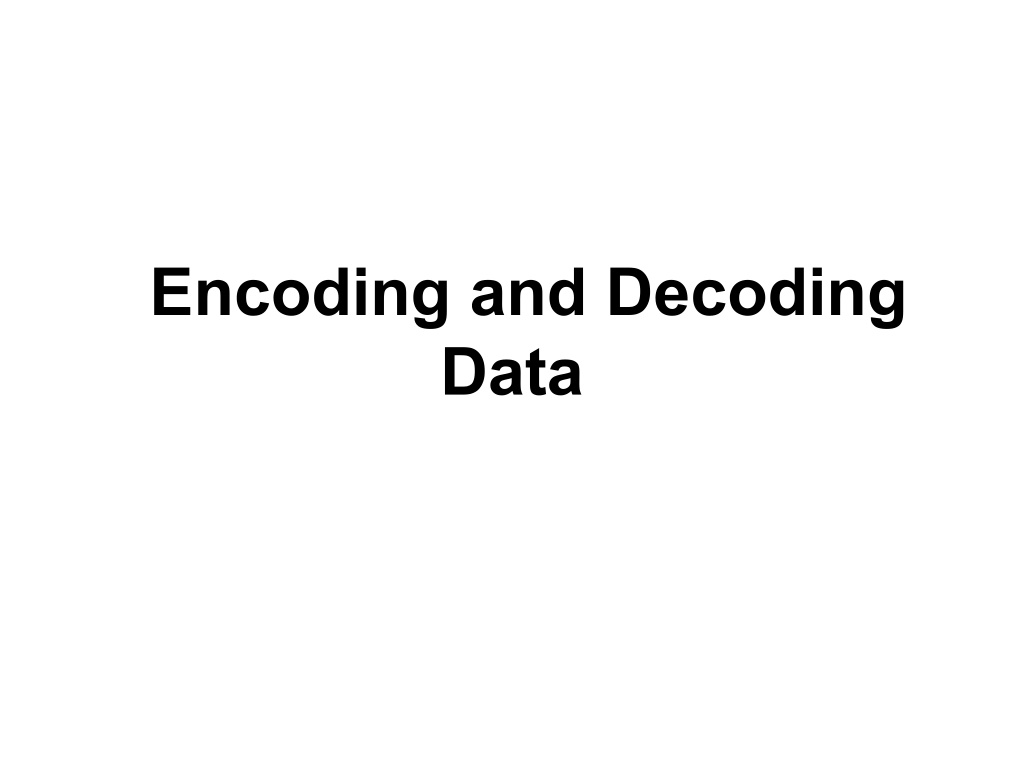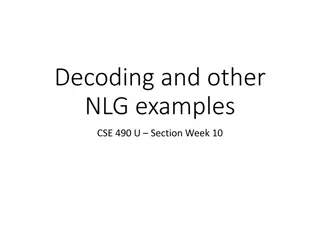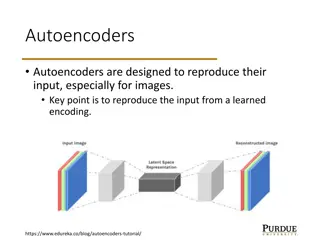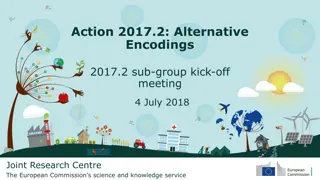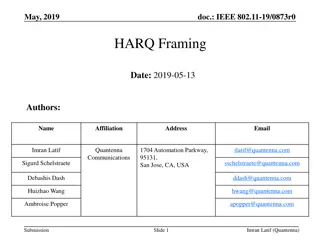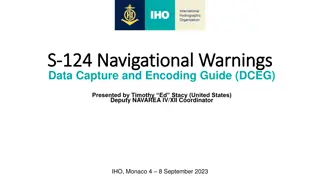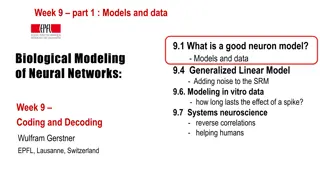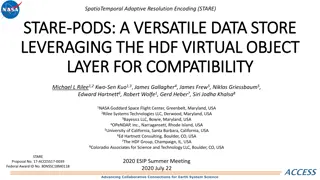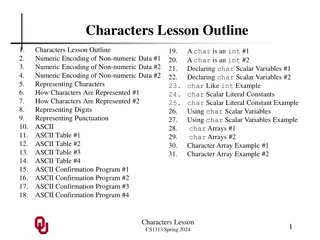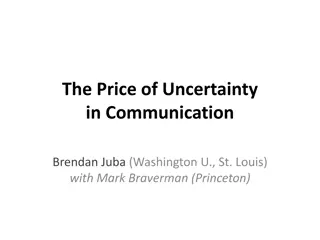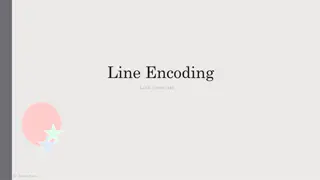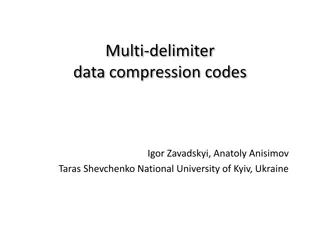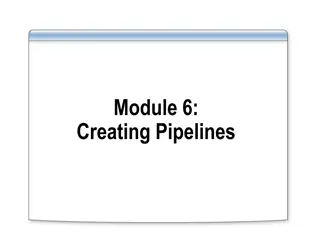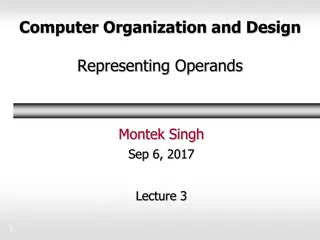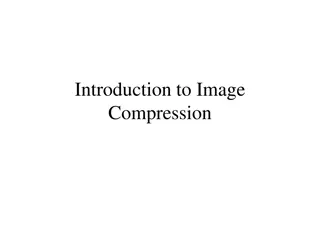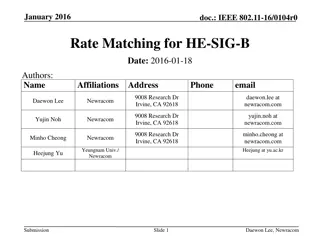Understanding Encoding and Decoding Data Principles
Data encoding involves converting information into a different form using specific rules, which is then decoded back to its original state. This process is crucial for secure communication, as seen in examples like Morse Code. Through encoding, messages can be kept confidential and accessed only by those familiar with the decoding pattern. Explore examples and answers to understand the significance of encoding and decoding data.
Download Presentation

Please find below an Image/Link to download the presentation.
The content on the website is provided AS IS for your information and personal use only. It may not be sold, licensed, or shared on other websites without obtaining consent from the author. Download presentation by click this link. If you encounter any issues during the download, it is possible that the publisher has removed the file from their server.
E N D
Presentation Transcript
Data is often encoded, or converted into a different form using a set of rules, and then decoded and changed back into its original state.
Why Encode and then Decode Data? Encoding data allows only for people who know the pattern to decode and understand the data. This comes in handy when you want a specific person to get your message, but want to keep it a secret to everyone else.
Morse Code Morse Code is a set of rules used to encode data Every letter is represented by a set of dots and dashes
Example 1 Using the rules above where A = 1, B = 2, C = 3 ect. decode the following message 20-8-9-19 9-19 6-21-14
Example 2 Using the code above, decode the following message ZPV EJE JU
Answers to Examples Example 1: THIS IS FUN Example 2: YOU DID IT
